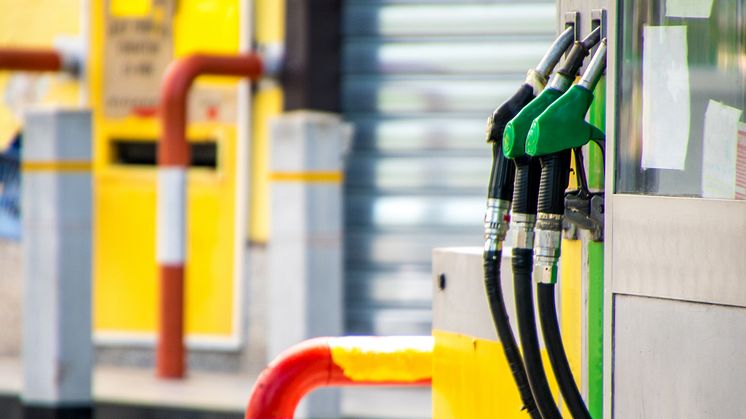
News -
Government agrees to major changes to encourage fairer UK petrol and diesel prices
Following the publication today of the Competition and Markets Authority (CMA) report on UK fuel prices, RAC fuel spokesman Simon Williams said:
“This is a landmark day when it comes to fuel prices in the UK. The fact that drivers appear to have lost out to the tune of nearly £1bn as a result of increased retailer margins on fuel is nothing short of astounding in a cost-of-living crisis and confirms what we’ve been saying for many years that supermarkets haven’t been treating drivers fairly at the pumps.
“It’s all about action now and we're extremely pleased to see the Government has agreed to follow through with both of the CMA’s recommendations. While forcing retailers to publish pump prices is a positive step for drivers, what’s of far more significance is the creation of a fuel monitor function within government which, we very much hope, actively monitors wholesale prices to ensure forecourts don’t overcharge when the cost they pay to buy fuel drops. Without this, we fear drivers will continue to get a raw deal.
“Data we shared with the CMA shows there have been several instances of ‘rocket and feather pricing’ when the cost of wholesale petrol and diesel fell but it took an inordinate amount of time for supermarket pump prices to reflect this. And on several occasions, they didn’t ever fully cut pump prices to reflect just how far the wholesale market had dropped. This is even the case today with diesel prices as for more than three months the cost of buying diesel on the wholesale market has been less than petrol, yet it remains the case that drivers are still having to pay more for diesel than unleaded at the pumps. At one point the average margin charged on diesel was 25p a litre which is more than three times the long-term margin of 7p. This shouldn’t be allowed to happen, particularly when the Treasury has reduced duty by 5p a litre to help households struggling with the cost-of-living crisis.
“Interestingly, Northern Ireland is a good example of a competitive fuel market as retailers more closely reflect movements on the wholesale market. While drivers can research the best price in their area via a useful online fuel checker, the main reason for lower prices is a greater number of forecourts there per driver and the fact that the big four supermarkets don’t have the same hold on fuel retailing as they do on this side of the Irish Sea. The new fuel price monitor should look at price behaviour there to see if there are any lessons to be learned for the rest of the UK.
“Those wanting to ensure they always get the best price fuel possible should download the myRAC Fuel Finder app which is available free of charge to every driver.”



